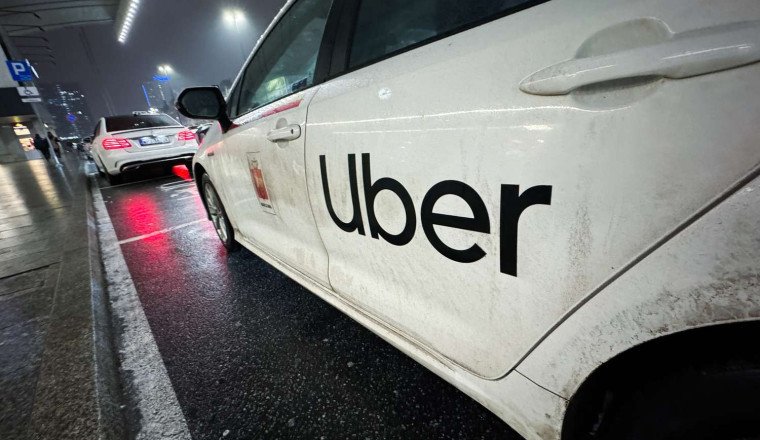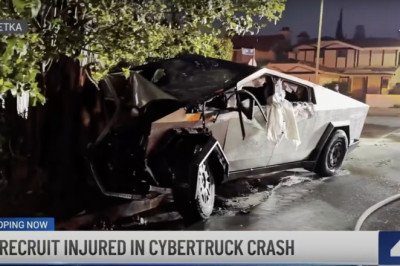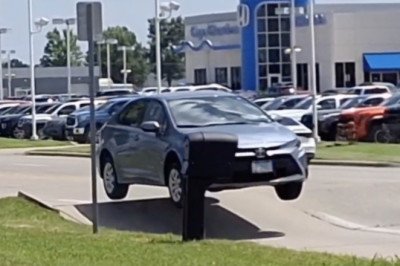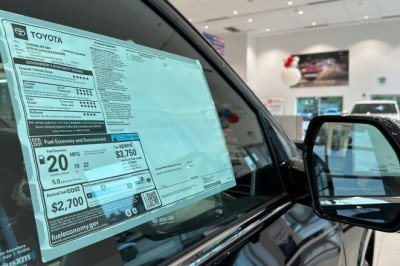
For over a decade, driving for Uber was a game-changer. It offered millions of people a flexible way to earn a living or supplement their income, and it completely transformed the taxi industry. But as 2025 unfolds, the rise of autonomous taxis is casting a long shadow over the future of human drivers.
Robotaxis—driverless vehicles operated by companies like Waymo, Tesla, and Zoox—are no longer science fiction. They’re already operating in cities like Phoenix, Los Angeles, and San Francisco, and their numbers are set to grow rapidly. These vehicles use advanced AI, sensors, and real-time data to navigate city streets without a human at the wheel. As the technology improves and costs fall, robotaxis are expected to become cheaper than traditional ride-hailing, making them more attractive to riders and more profitable for companies.
For Uber and Lyft drivers, the impact is already being felt. Competition has increased, fares are dropping, and drivers are reporting lower earnings and fewer tips. In markets where robotaxis have launched, drivers say it’s harder than ever to make a decent living, especially as the supply of rides outpaces demand. Some drivers, like those in Phoenix, have seen their pay fall sharply as driverless cars flood the streets.
Uber’s leadership is clear-eyed about the future. CEO Dara Khosrowshahi has said that autonomous vehicles will take over the jobs of human Uber drivers within the next 10 to 20 years. The company is already investing in alternative ways for drivers to earn money, such as helping develop AI algorithms or labeling maps, but these roles are unlikely to replace the scale of income lost from driving.
Industry experts predict a slow but steady transition. For the next decade, human drivers and robotaxis will likely coexist, with autonomous vehicles handling the most profitable routes in city centers and during peak demand. But as robotaxis become mainstream and prices drop, the gig that once supported millions could fade away. The ride-hailing industry is following the same path as manufacturing and retail, where automation has steadily eroded traditional jobs.
The social and economic consequences are significant. Many drivers rely on Uber as a primary or secondary source of income, and the loss of these jobs could have ripple effects throughout the economy. While some new roles may emerge in tech support or fleet management, the reality is that most driving jobs could disappear in the long run.
The death of the Uber driver is not just about technology replacing people—it’s about the end of an era. What was once a symbol of flexibility and opportunity is now facing extinction, raising tough questions about the future of work, the gig economy, and the social contract between platforms and their workers. As autonomous taxis take the wheel, millions are left wondering where their next ride—and their next paycheck—will come from.















Facebook Conversations